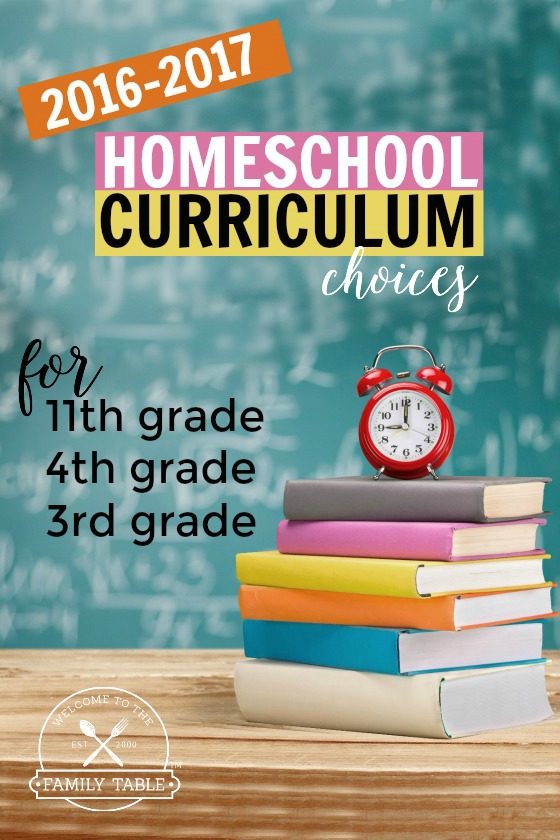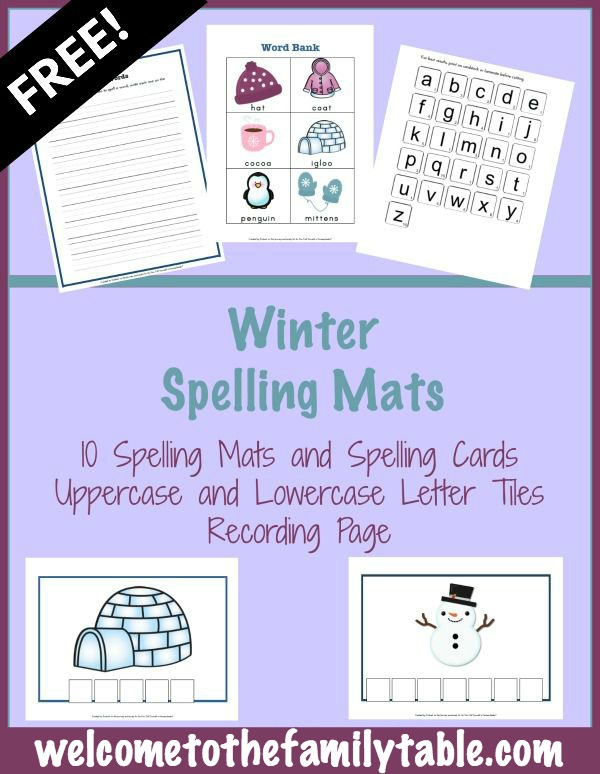Homeschooling a Kinesthetic Learner
I am a visual learner by nature. School was always a challenge for me when it came to just listening to teachers talk and having to listen and take notes. I was always missing some key piece of information. I had to see it myself, read it, copy it down, and then read it again. College has always been a struggle for me because of this. I take as many online courses as I can. This way, I am able to read the text myself and process it the way I need to in order to learn the material.
When I began homeschooling my kids, I realized they don’t totally learn the way I do. I had to find out what their learning styles were. It’s very possible to learn in more than one way, with one of them being more dominant than another. This is the case with my middle child, who also happens to have ADHD. He is a very kinesthetic learner. He has to be involved in his education, literally. He is very hands-on. He is also a visual learner like me, but kinesthetic is his main form of learning. I am not a creative, hands-on, crafty person. So this has been a pretty big challenge for me. But then I did some research and saw that just coming up with crafts was not the only way to help him learn. Boy, was I thankful for the ideas I came across! Going on field trips, participating in role playing activities, science experiments,and playing games are all techniques I incorporate in order to provide the learning environment he needs. Legos are also a life saver when it comes to using something fun and hands-on for him to learn a concept in math.
I also had to let go of my notions of sitting at a table or desk in order to get any work done. Kinesthetic learners are movers. They love to move, use hand gestures when talking, and have trouble sitting still for any length of time. I now let my son stand, walk around, lay on the floor, whatever he needs in order to get his work done. I give him frequent breaks and only read in short time spans as he has a hard time listening to me read for longer than a few minutes at a time.
He’s very hyperactive; has a hard time with handwriting; loves to act out movies, dance, play video games, be on the computer, and has the best imagination of any kid I know. It’s definitely been a learning experience for me, but it’s so rewarding to watch him connect a concept to something hands-on and see the light of understanding come on. It makes him love learning all the more, which is a goal we all want for our children.





Thank you so much for this post. I am interested in what works for you, with regard to handwriting. Additionally, do you find that he can read anything, but cannot turn around and spell any of the words he just read well, back to you? If so, how have you approached spelling?
For handwriting, try hanging a white board at the child’s eye level. If needed, use a wet erase marker to draw lines on the board. Standing to practice handwriting not only allows the body more movement and freedom, the eyes are in a better position to see what is being written.
I recommend Sequential Spelling for any child who thinks in pictures (true Dyslexics are not the only ones). Spelling Power is my favorite suggestion for those who think in terms of rules.
Brain Gym is amazing when it comes to helping an active child settle and focus. You could by some books, but You Tube has many fee videos which may be enough. You will miss the deeper explanations of why Brain Gym works for children and adults, but you will get demonstrations for free. You can Google “Brain Gym exercises You Tube”, but you should also Google “PACE You Tube”. The PACE part of the Brain Gym Method is the core. for helping a distracted child’s brain come back into focus.
I’m praying that blesses someone.